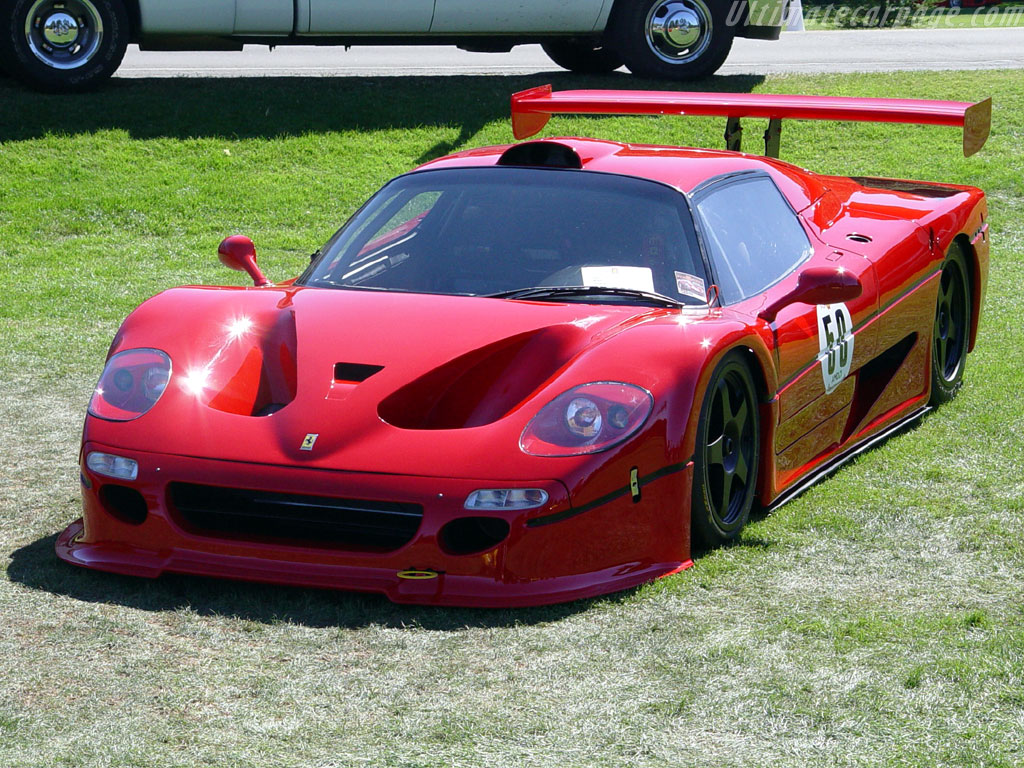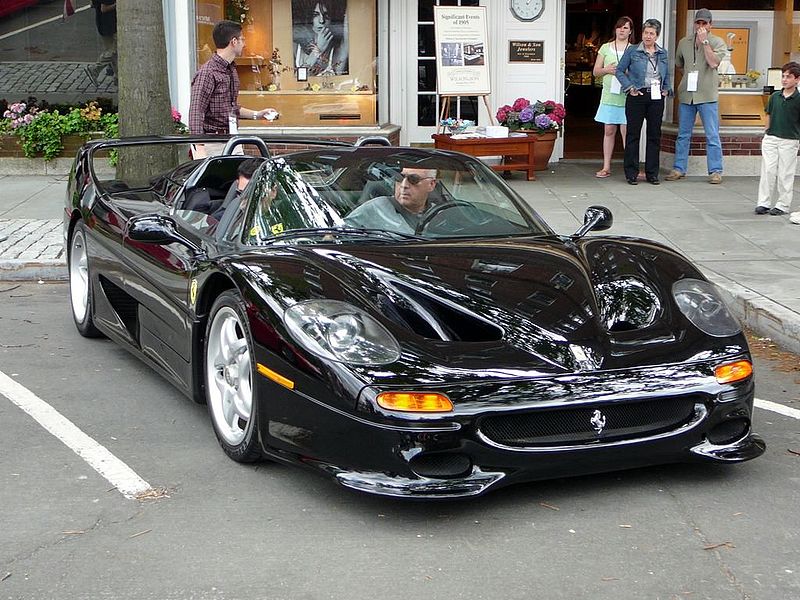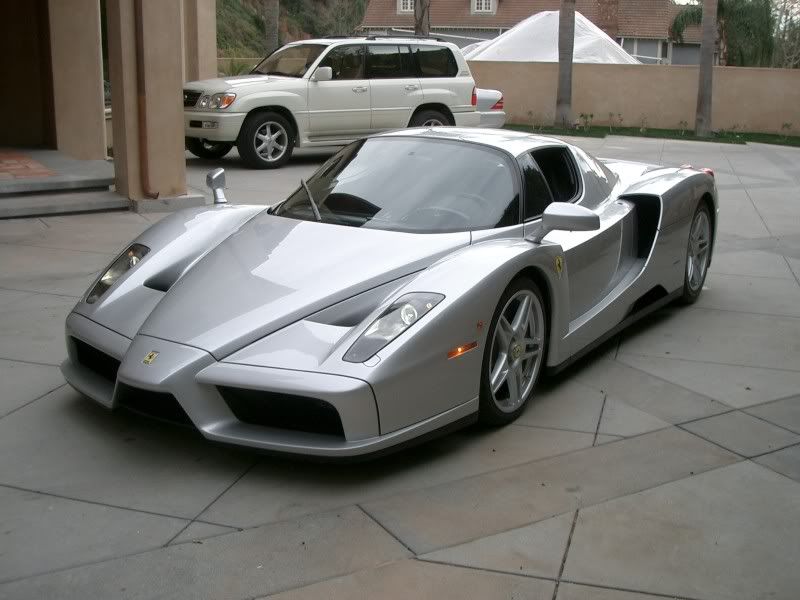 john cena
john cena ferrari 360 spider
ferrari 360 spider ferrari enzo
ferrari enzo ferrari wallpapers
ferrari wallpapers ferrari wallpapers street
ferrari wallpapers streetFerrari f50
 All greatness starts with an idea. The idea for the F50 can be found in the roots of Ferrari and the company that created it. When Ferrari first started to build cars, they were intended to be streetwise and racetrack competitive. As time passed, Ferrari built cars either for the race track or the road, as it was impractical to make dual purpose automobiles. In 1987, to celebrate the 40th anniversary of the company that bore his name, Enzo Ferrari personally introduced the F40. It was the last Ferrari new model introduction in his lifetime.
All greatness starts with an idea. The idea for the F50 can be found in the roots of Ferrari and the company that created it. When Ferrari first started to build cars, they were intended to be streetwise and racetrack competitive. As time passed, Ferrari built cars either for the race track or the road, as it was impractical to make dual purpose automobiles. In 1987, to celebrate the 40th anniversary of the company that bore his name, Enzo Ferrari personally introduced the F40. It was the last Ferrari new model introduction in his lifetime.That fact is often considered appropriate, since the F40 represented a return to the idea of a road car that would be competitive on the race track. The F50, introduced in 1995, is a continuation of the concept.
 Both the F40 and F50 are supercars. That title is based on performance, of which there is no shortage with the F50. It accelerates to 60 mph in 3.8 seconds, and covers the 1/4 mile in 12.1 seconds, statistics that were exclusive to formula racing cars only 10 years ago. The factory claims a 202 mph top speed, although a Car and Driver test (January 1997) achieved only 194 mph.
Both the F40 and F50 are supercars. That title is based on performance, of which there is no shortage with the F50. It accelerates to 60 mph in 3.8 seconds, and covers the 1/4 mile in 12.1 seconds, statistics that were exclusive to formula racing cars only 10 years ago. The factory claims a 202 mph top speed, although a Car and Driver test (January 1997) achieved only 194 mph.Cost and exclusivity are also trademarks of a supercar. The F50 was limited to 349 units, the last which left the Maranello factory in July 1997. Why 349? The official answer from the factory is that their marketing research estimated that they could sell 350, so they made one less to keep the ownership competition juices flowing. Others suspect that since their closest competitor, the McLaren F1 was scheduled to build 350 units, 349 would give the Ferrari a slight edge. In the supercar games, no quarter is given. 55 are scheduled for US customers, where the car is legal for sale in all 50 states.
 The F50 might be legal to sell in all 50 states, but they were available by lease only. Even if you were in a position to cough up the $240,000 down payment, the EZ monthlies of $5,600 for 24 months and the $150,000 final payment, (not including sales tax, the $36,240 luxury tax, the $7,700 gas guzzler tax, and $1350 freight) you still might not be able to put an F50 in your garage. They were leased ONLY to individuals who were approved by the factory. The intent was to weed out speculators, who had driven the price of the F40 to nearly $1,000,000 even though 1200 were made.
The F50 might be legal to sell in all 50 states, but they were available by lease only. Even if you were in a position to cough up the $240,000 down payment, the EZ monthlies of $5,600 for 24 months and the $150,000 final payment, (not including sales tax, the $36,240 luxury tax, the $7,700 gas guzzler tax, and $1350 freight) you still might not be able to put an F50 in your garage. They were leased ONLY to individuals who were approved by the factory. The intent was to weed out speculators, who had driven the price of the F40 to nearly $1,000,000 even though 1200 were made.The F50 was a homologation car meant to validate the 333-SP in IMSA competition. As Ferrari were wont to do, they managed to get the 333-SP racing in 1994 merely on the promise that the F50 would be built, and IMSA were so happy to have Ferrari that they overlooked the fact that no F50 cars had yet been produced when the 333-SP went racing. The 333-SP won constructors and drivers IMSA Championships in 1995, and all sides were happy. IMSA got Ferrari, Ferrari got another championship, and Ferrari enthusiasts got a successor to the F40



 new ferrari f50 wallpaper
new ferrari f50 wallpaper ferrari f50 silver
ferrari f50 silver silver ferrari f50
silver ferrari f50 ferrari f50 sports car
ferrari f50 sports car ferrari f50 wallpaper
ferrari f50 wallpaper ferrari logo
ferrari logo
0 comments:
Post a Comment